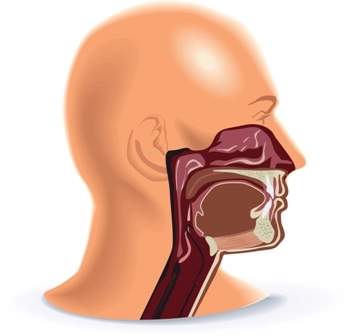You Have a Modifier 76/77 Choice to Make with Repeat Procedures

The same procedure performed twice on the same day requires a modifier to avoid claim denial.
You may be one of many that occasionally mix up modifiers that are similar by definition. When your physician repeats a medically relevant procedure or service on one patient on the same date, you will have to deal with modifiers 76 and 77, but knowing which one applies to which situation can be a challenge.
Read on to see pitfalls and examples for using both 76 (Repeat procedure or service by same physician or other qualified health care professional) and 77 (Repeat procedure or service by another physician or other qualified health care professional) modifiers so you don’t attach the wrong one.
Start With the 76 and 77 Differences
The difference between modifier 76 and 77 is that you use modifier 76 when only one physician performs the procedures or services, and you use 77 when there is a second physician performing the second procedure or service.
When you find that your physician repeats a procedure on the same date, look to see if there was a second physician before you make your modifier decision. When there are two physicians, they need to be in the same practice or group for the service to qualify as a repeat. If the two physicians are in different groups, you report the code for your physician’s service with no modifier.
Claim One Physician with 76
There are two possible situations when you use modifier 76: when the repeat procedure is part of the management plan or when it is not part of the plan.
Plan example: Your physician must do a breast excisional biopsy (19120, Excision of cyst, fibroadenoma, or other benign or malignant tumor, aberrant breast tissue, duct lesion, nipple or areolar lesion [except 19300], open, male or female, 1 or more lesions) to determine if margins are clean. She performs another excisional biopsy immediately after the results come back on the first biopsy. She plans for this as the patient wants to preserve as much of the breast as possible. You would report 19120 for the first procedure and 19120-76 for the second procedure.
Outside of the plan: A patient comes into your office in the morning with a severe nosebleed and your doctor performs anterior nasal hemorrhage packing. Later in the afternoon that same day, the patient returns and sees the same doctor again for another anterior nasal hemorrhage packing. The afternoon encounter was unexpected and outside of the plan of care.
You would report 30903 (Control nasal hemorrhage, anterior, complex [extensive cautery and/or packing] any method) for the morning packing and 30903-76 for the afternoon packing.
Warning: You may be tempted to use modifier 76 on repeat lab tests when the correct modifier would be 91 (Repeat clinical diagnostic laboratory test).
“Sometimes providers will report the 76 modifier on repeat clinical laboratory tests that cannot be quantitybilled when in fact they should report modifier 91 on the repeat tests when performed on the same day,” says Maryann C. Palmeter, CPC, CENTC, director of Physician Billing Complianceat University of Florida Jacksonville Healthcare, Inc.
Pitfall: Making the mistake of seeing multiple procedures and automatically using modifier 59 (Distinct procedural service) is not the way to go.
Attach modifier 76 in lieu of modifier 59 when the exact service has been repeated on the same day by the same provider, says Dorothy D. Steed, CPC-H, CHCC, CPUM, CPUR, CPHM, ACS-OP, CCS-P, RCC, CPMA, RMC, CEMC, CPC-I, CFPC, PCS, FCS, CPAR, AHIMA Approved ICD-10 Trainer, an independent healthcare consultant and educator in Atlanta, Ga.
Choose 77 When There’s Another Physician
Modifier 77 is similar to modifier 76, but, as noted above, you use 77 when a different provider performs the repeat procedure, Steed adds.
Example: A payer may reimburse for a second electrocardiogram (ECG) interpretation when there’s a questionable finding and the physician performing the initial interpretation wants another physician’s expert opinion. You can use modifier 77 with the second ECG interpretation code (93000, Electrocardiogram, routine ECG with at least 12 leads; with interpretation and report or 93010, ...interpretation and report only).
Attaching modifier 77 tells the payer that the second physician provided a medically necessary repeat service — in this case, a second ECG interpretation and report.
Beware: Payers may have their own individual policy on how to use modifier 77 so be sure to contact your payer for clarification before you start using this modifier.

